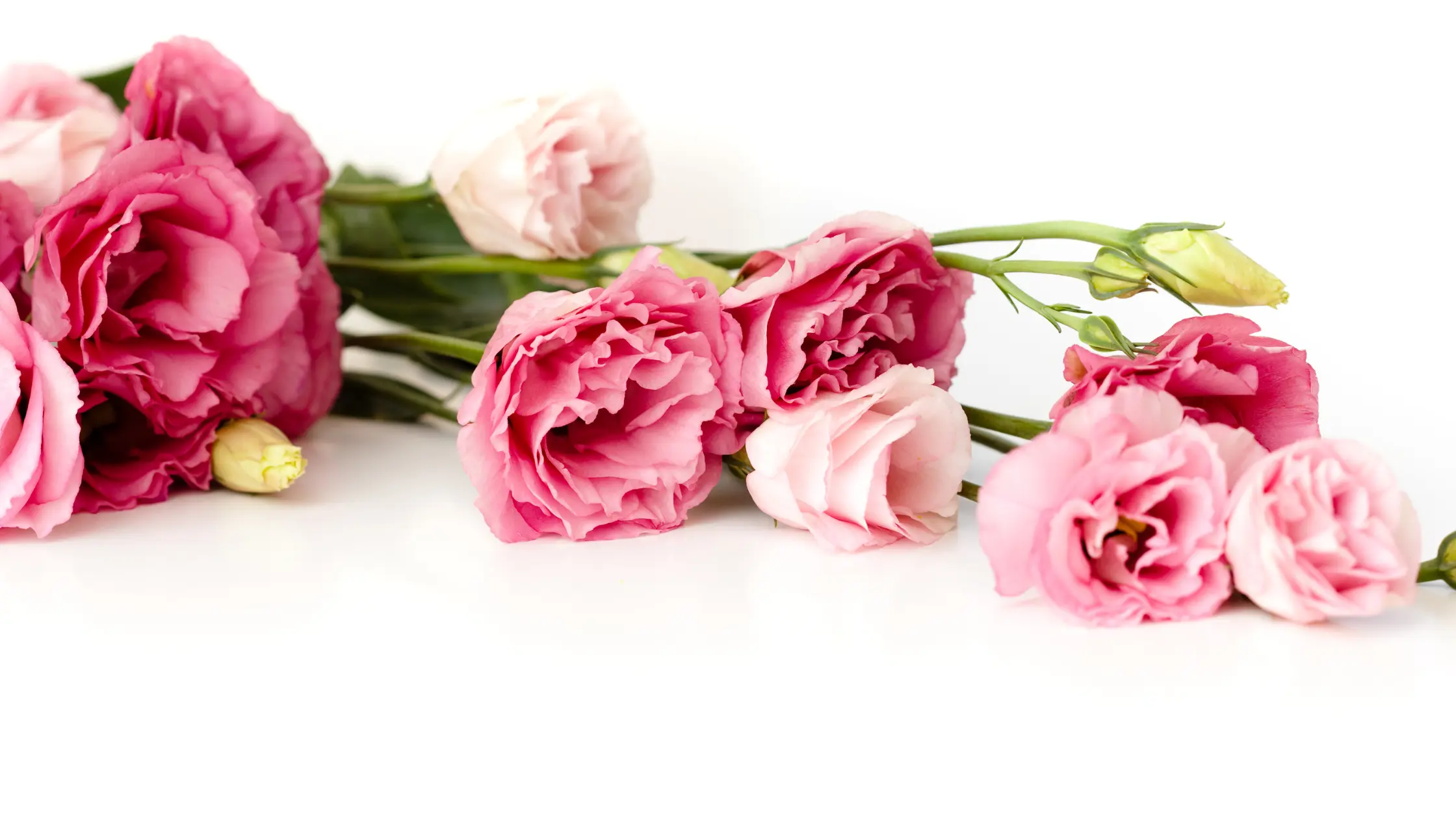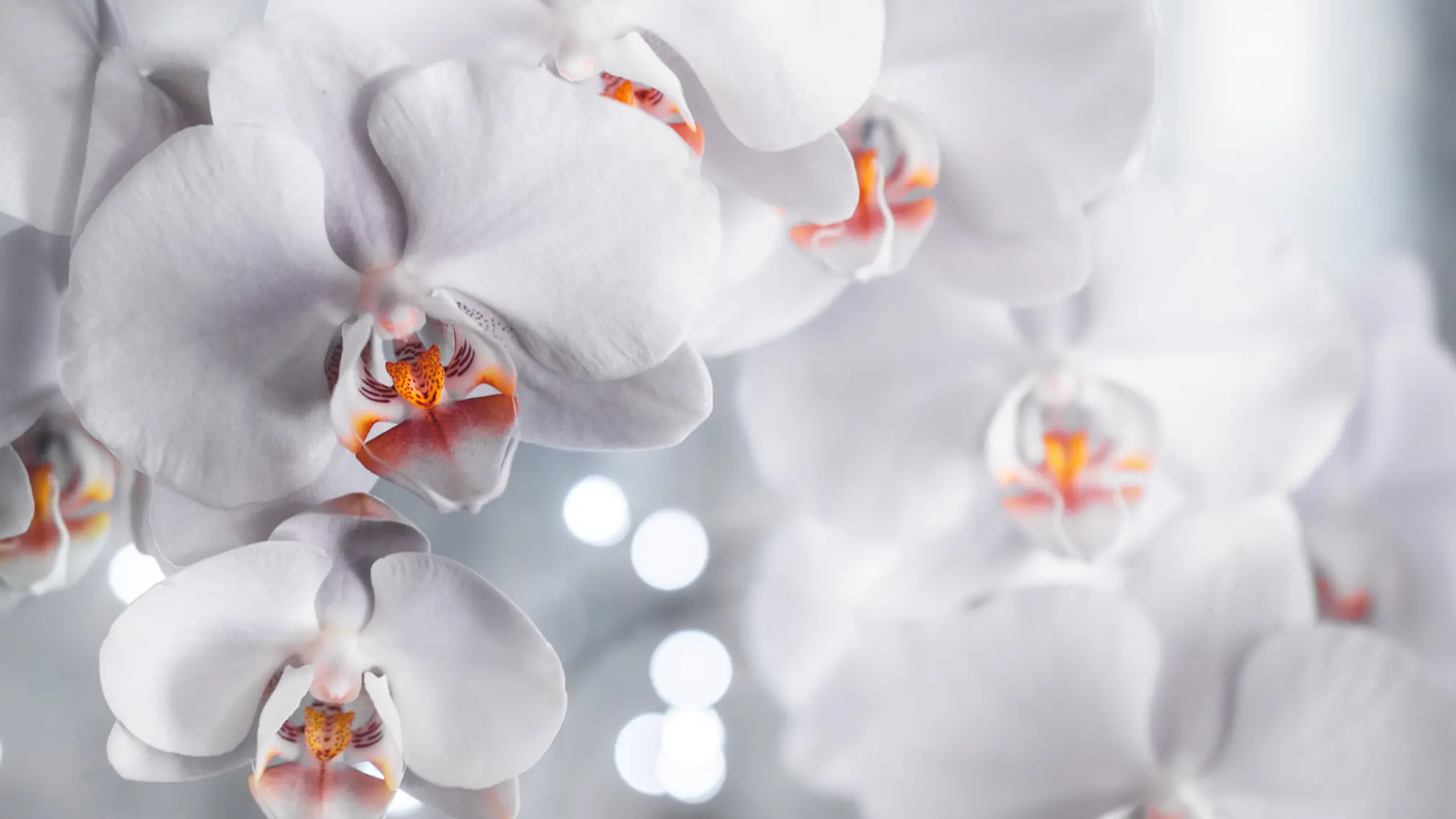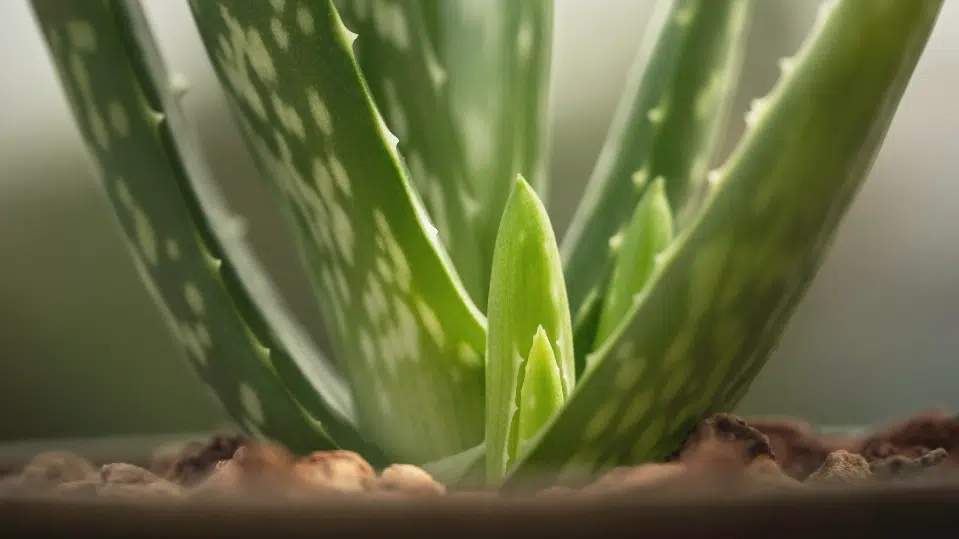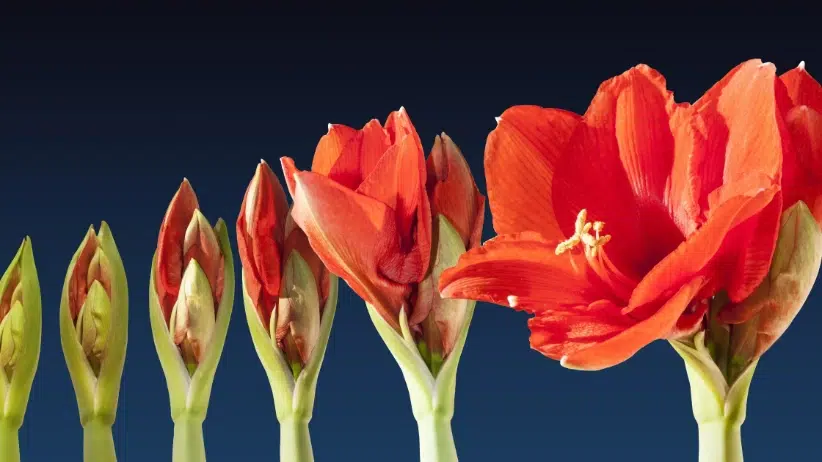Eustoma (Lisianthus) is a flowering plant belonging to the family Gentianaceae. It is native to North and South America and is known for their attractive and showy flowers. The lisianthus flowers are often used in floral arrangements and bouquets because of their elegant appearance. Several varieties and cultivars of lisianthus (Eustoma) are available, each with its own unique characteristics, including flower colour, size and shape. If you read a little further, we will introduce them. That way, you'll know what to expect from Verbeek & Bol's wholesale flowers and plants range.
Eustoma characteristic
| Latin name | Eustoma |
| Plant name | Lisianthus |
| Family | Gentianaceae |
| Growth height max. | 90cm |
| Flowering month | Seasonal flower for June-August. But available all year round. |
| Location | Likes a warm place with light |
Eustomas have a striking rose-like appearance with delicate petals that can be found in a variety of colours, including white, pink, purple and blue. Some varieties can even have variegated petals. Without a doubt, the colour spectrum of lisianthus is more abundant than that of amaryllis or orchid!
Lisianthus produces long, slender stems, making them ideal for use in floral decorations. Because of their romantic and elegant look, they are often used at weddings and other special occasions. Does the lisianthus flower have a meaning? Sure. Eustoma symbolises appreciation and gratitude. So if you want to express affection and admiration, these cut flowers are the perfect choice for a meaningful gift or event decoration. In bouquets, lisianthus flower is almost always combined with foliage.
Are you looking for a reliable wholesaler for your flower business? Contact us, we will be happy to help you. ⬇️
Send a message

When working with eustomas, you can let your creativity run wild. They make even a simple bouquet look beautiful, here is an example of a combination with Red Naomi Roses and Hyacinth. The picture below is an example of a beautiful combination with hydrangea and eucalyptus cinarea.
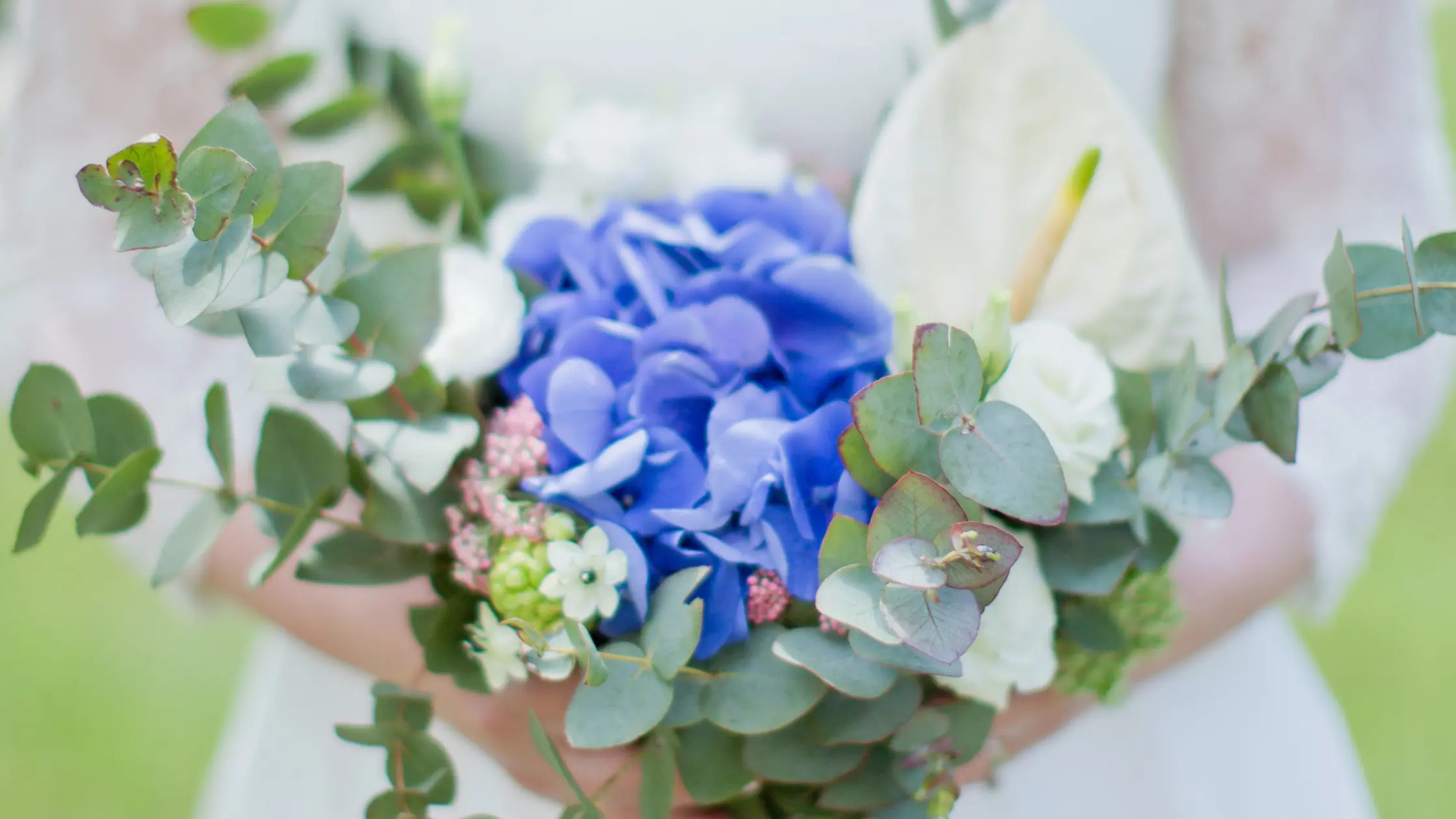
The enormous variety of Eustomas
The variety in double and single Lisianthus is enormous, and new variations become available from time to time. Every flower has its own unique characteristics, making them special and interesting to work with. For example, have you seen eustoma from Vip-Roses If you are looking for something special and can't find it in our webshop Feel free to contact us.
Some common lisianthus flower varieties and series are:
- Single-flowered Lisianthus: These varieties have single-layered petals. These petals can be flat or slightly curved, and they come in various colors, including white, pink, purple, blue, and sometimes bicolor variations.
- Double-flowered Lisianthus flower: These lisianthus varieties have double-layered or rose-like blooms, giving them a fuller appearance. They have multiple layers of petals. This gives them a fuller and more luxurious appearance compared to single-flowered lisianthus.
- Echo series: The Echo series features eustoma with double flowers in vibrant colors, making them ideal for adding a pop of color to floral arrangements. Echo typically have long, sturdy stems which provide support and elegance to floral designs.
- Rosanne Series: This series of eustoma is known for its large, double blooms and comes in various pastel shades. They have a lush and full appearance, similar to miniature roses.
- Arena Series: Lisianthus in the Arena series are noted for their uniformity in size and shape. Arena tend to have a more compact growth habit compared to some other varieties. The wide color range allows for versatility in floral designs and arrangements.
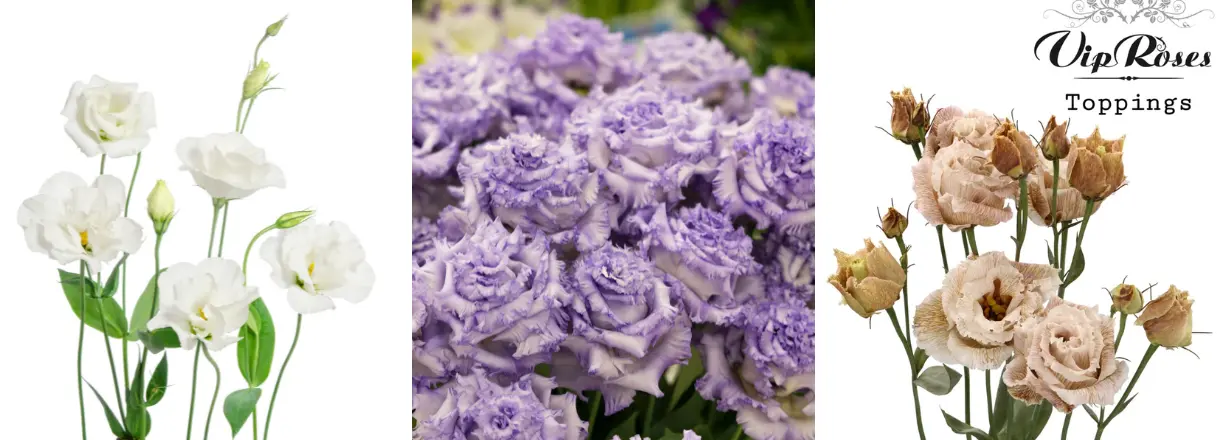
Did you know this about lisianthus?
- The modern lisianthus flower was introduced in the 1930s in Japan created by flower breeders*. Lisianthus is native to North America, where it grows in desert riverbeds and on prairies.
- The meaning of Lisianthus flower goes back to Greece. The Greek words “lisis,” meaning dissolution, and “anthos,” meaning flower. This beautifully unique flower is often associated with appreciation, gratitude, and charm.
- The nickname of eustoma is the "poor man's rose". This comes from the double-flowered varieties, which resemble roses and peonies.
- In traditional medicine, lisianthus has been used for its medicinal properties such as reducing fever and inflammation. Some current studies have shown that lisianthus extracts can be utilized as potential antifungal and antibacterial agents and for the development of pharmaceutical and cosmetic products.
Want to read more about plants and flowers? Check out our other articles, for example Helianthus Annuus & Olea Europaea.
